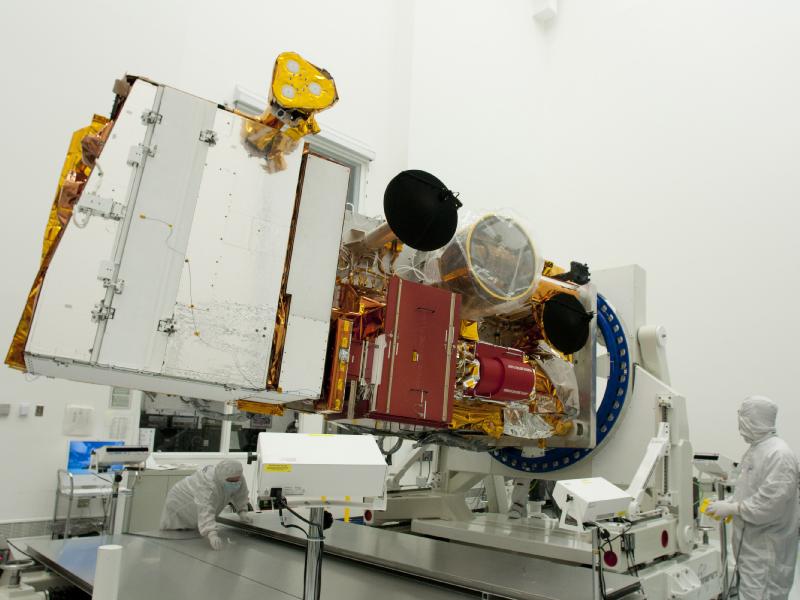Fancybox Test
Fri, Jan 15, 2016Table of Contents
1 Links in Hugo using Org-Mode
Org-mod does not know about Hugo, and that is reflected in how org-mode handles links. Here we discuss how to handle links in org-mode. It's a little bit of work, but not that much.
Note that this file is called hugo_ormode.org and contains a lot of
formatting to show the source code for doing an org file on this web
page. For a more normal example org file, see sample_orgmode.org in
the /asl content directory. Note: Hugo copies *.org files to the
actual web site, so you can always download the source for a page by
removing the trailing \ and adding .org to the URL you are
viewing.
2 Blah blah
Code blocks, examples, prose, etc can be done a number of ways, two ways are shown below, see the source code of this document to see how these are done.
#+BEGIN_SRC text Here is the rendering of an =in-line code block=. Is was done by enclosing the code block in =, as shown below where we repeat these last two sentences. #+END_SRC
Here is the rendering of an =in-line code block=. Is was done by enclosing the code block in =, as shown below where we repeat these last two sentences.
Note that the code block rendering will render carriage return, line feeds if they exist.
To render a matlab file (or latex, or html, etc) just use the backticks, and put the language right after the first set of three backticks. I would generally put language of "text" for notes, or if you do not want automatic colorization, etc. I can't figure out how to render a code block inside a code block, so look at the source of this file (/strow/hugo_orgmode.md) to see how this works.
% A matlab code snippet for i=1:n a(i) = fact(i); end
If you want to make this look like the Hugo markdown, there is a slightly more complicated way to do the above, shown below and then rendered.
#+BEGIN_EXPORT HTML
<pre><code class="language-matlab">% A matlab code snippet
for i=1:n
a(i) = fact(i);
end
</code></pre>
#+END_EXPORT
% A matlab code snippet
for i=1:n
a(i) = fact(i);
end
4 Math
To include a mathematical formula in-line using org-mode, just use normal latex syntax. Here is some in-line math $a = α × β.$ For latex equations or displaymath just type them in the file as usual:
\begin{equation}
\frac{n!}{k!(n-k)!} = \binom{n}{k}
\end{equation}
which gives,
\begin{equation} \frac{n!}{k!(n-k)!} = \binom{n}{k}. \end{equation}5 Lists
Lists work out of the box (enumerated or itemize)
1. Just write a Markdown document, and sprinkle your LaTeX code snippets in between. 1. Save the document with an `.md` suffix. 1. Run the Pandoc conversion:
- Just write a Markdown document, and sprinkle your LaTeX code snippets in between.
- Save the document with an
.mdsuffix. - Run the Pandoc conversion:
- Just write a Markdown document, and sprinkle your LaTeX code snippets in between. - Save the document with an `.md` suffix. - nested list - Run the Pandoc conversion:
- Just write a Markdown document, and sprinkle your LaTeX code snippets in between.
- Save the document with an
.mdsuffix.- nested list
- Run the Pandoc conversion:
There is a css formating bug somewhere that puts in the extra space after a nested list.
6 Tables

External stuff here????

Hugo is limited to simple tables, org-mode provides much more flexibility. Here is the Hugo (default markdown) table syntax, followed by it's html rendering. The code block is fancier than it's rendering…
Here is a table using org-mode, followed by the code. Unfortunately, there is a bug in org-mode that doesn't put a carriage-return, line-feed after a left-justified table, so avoid those for now.
| Name | Age |
|---|---|
| Bob | 27 |
| Alice | 23 |
The code. If you don't center the table, the rendering goes bad.
#+ATTR_html: :align center :width 200
#+CAPTION: the caption
Name | Age
-------|------
Bob | 27
Alice | 23
7 Table of Contents
You can get org-mode to produce your table of contents quite easily,
you just have to put the following, #+TOC: headlines 2, on the line
right after the #END_EXPORT command in your Hugo configuration
sections at the top of the file. The "2" refers to how deep you want
the table of contents sectioning.
8 Fenced Matlab Code Block
Here is an example of a Matlab fenced code block. Note, you can do ascii tables inside code block if you like. Looks at the source for this file to see how to do this.
% A matlab code snippet
% NAME
% rad2bt - translate radiance to brightness temperature
%
% SYNOPSIS
% bt = rad2bt(fr, rad);
%
% INPUTS
% fr - n-vector of wavenumbers, cm-1
% rad - n x k array of radiances, mW/m2 per strad
%
% OUTPUT
% bt - n x k array of brightness temps, K
%
% AUTHOR
% H. Motteler
%
function bt = rad2bt(fr, rad);
% Constants; values from NIST (CODATA98)
c = 2.99792458e+08; % speed of light 299 792 458 m s-1
h = 6.62606876e-34; % Planck constant 6.626 068 76 x 10-34 J s
k = 1.3806503e-23; % Boltzmann constant 1.380 6503 x 10-23 J K-1
% Compute radiation constants c1 and c2
c1 = 2*h*c*c * 1e+11;
c2 = (h*c/k) * 100;
% the scalar calculation, for reference
% bt = c2 * fr / log(1 + c1 * fr^3 / rad)
% LLS cut a bunch out here!
% do the vectorized calculation
bt = c2 * (fr * ones(1,j)) ./ log(1 + c1 * (fr.^3 * ones(1,j)) ./ rad);
% restore rad original shape
bt = reshape(bt, d2);